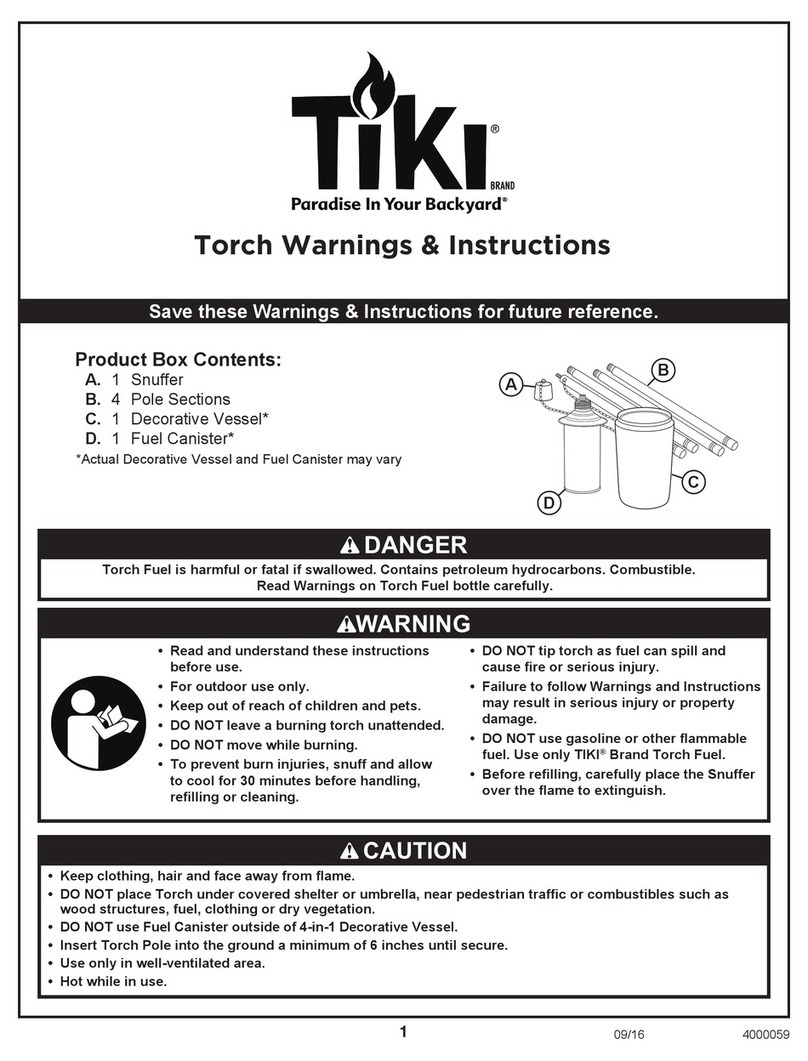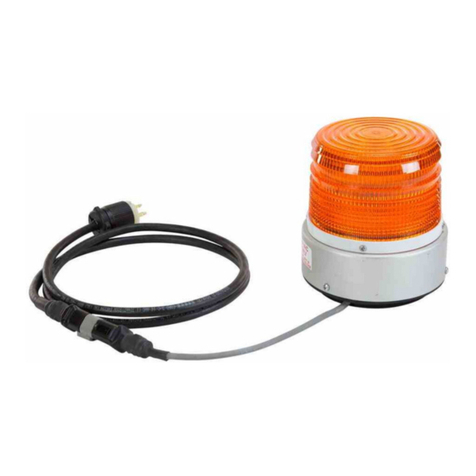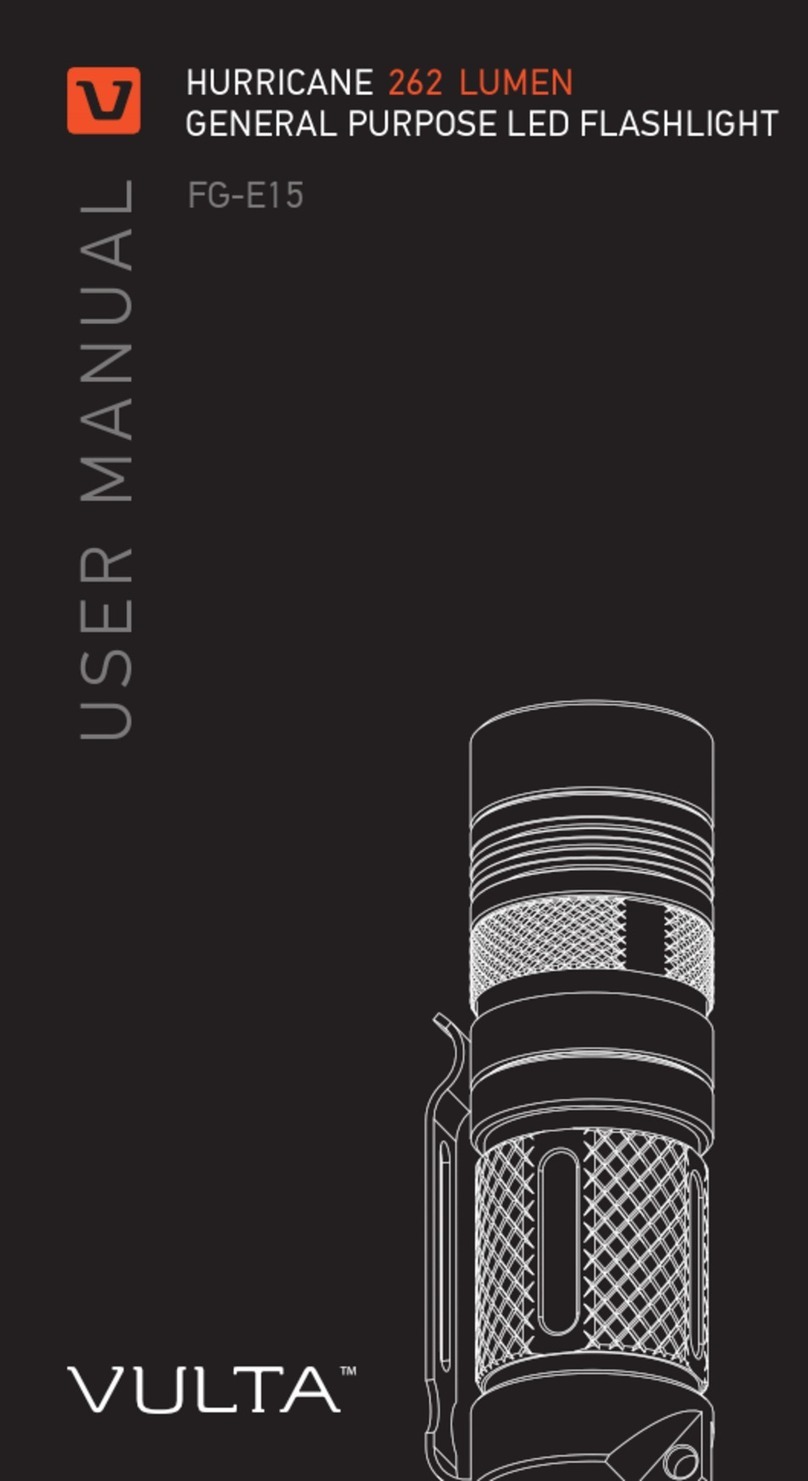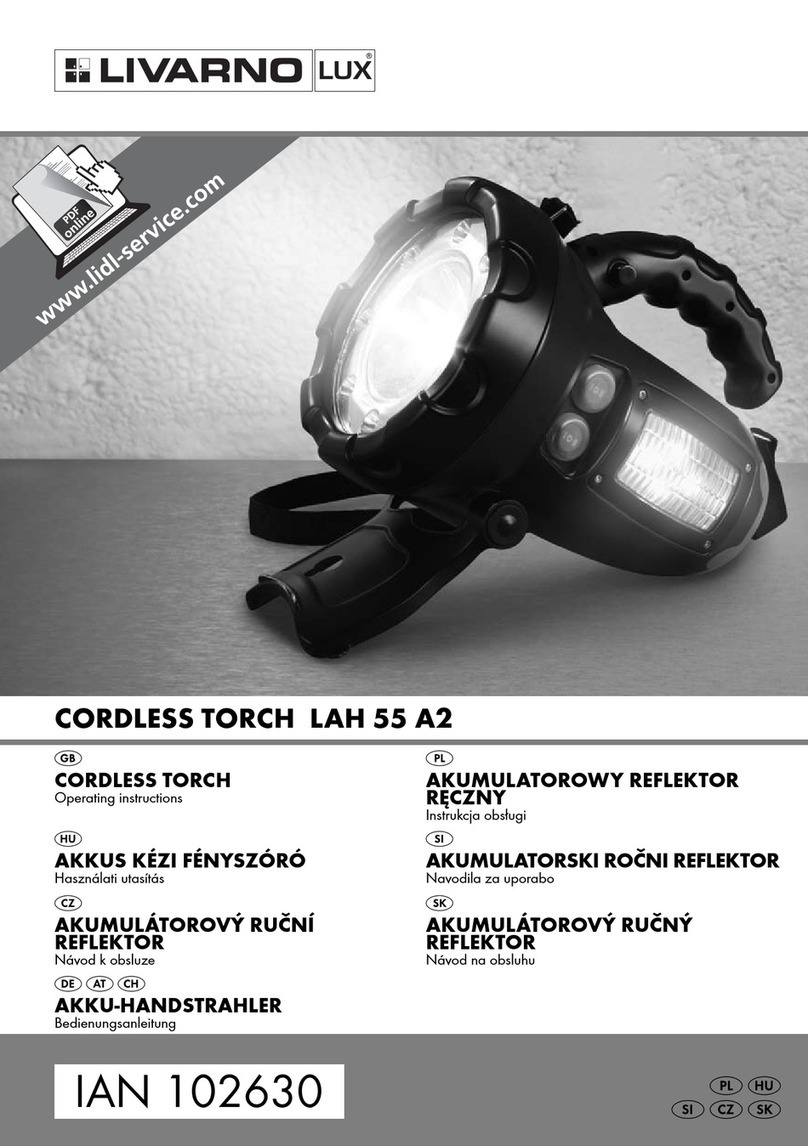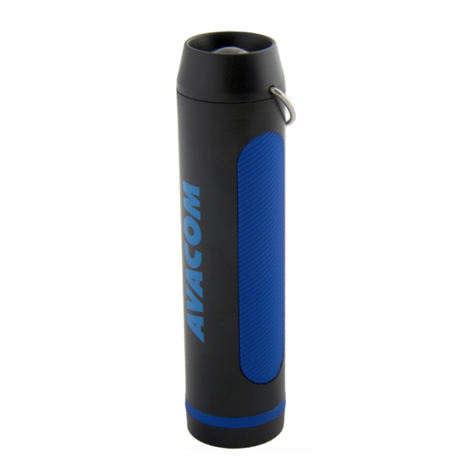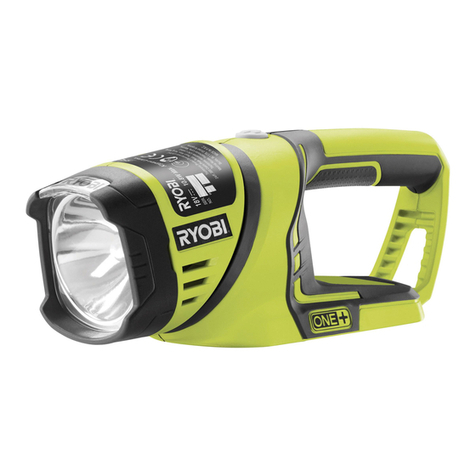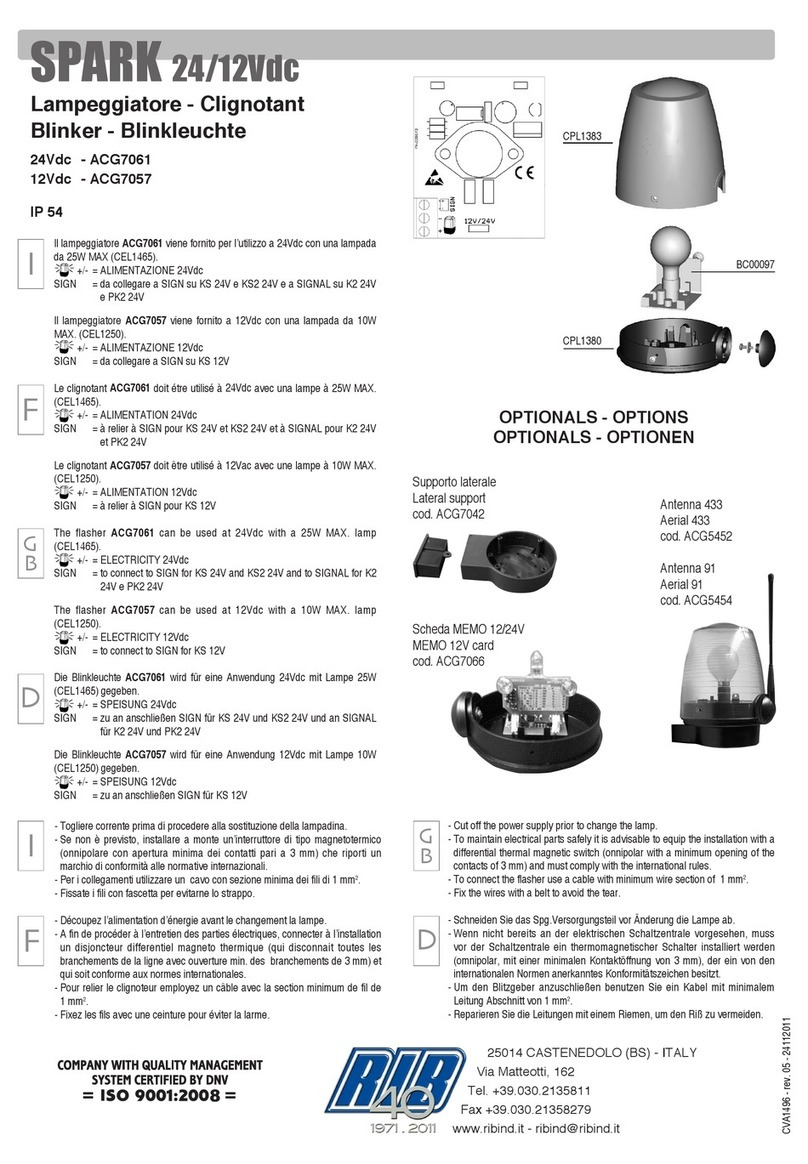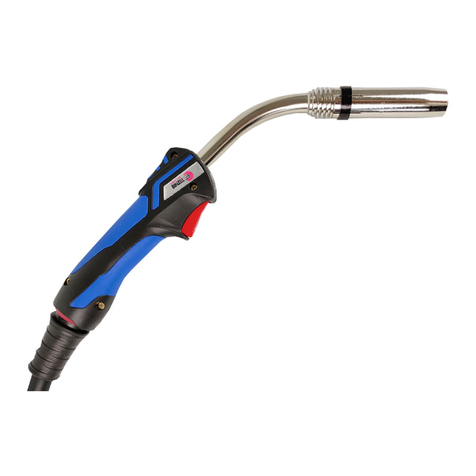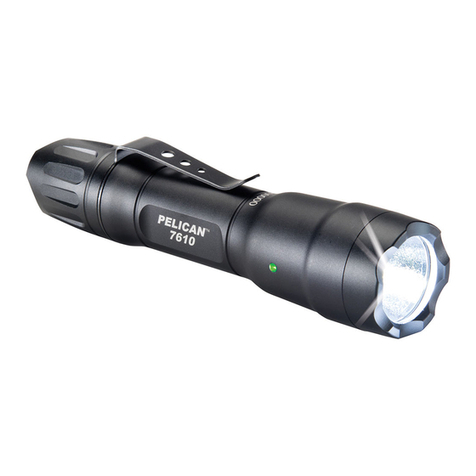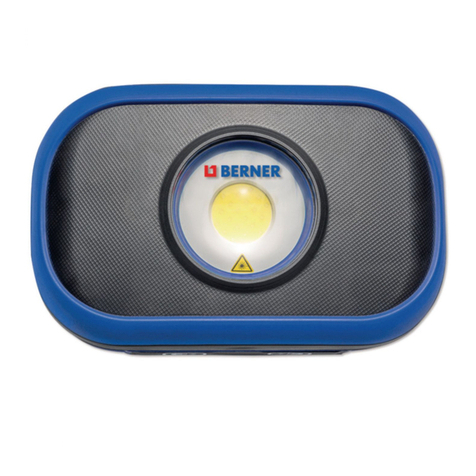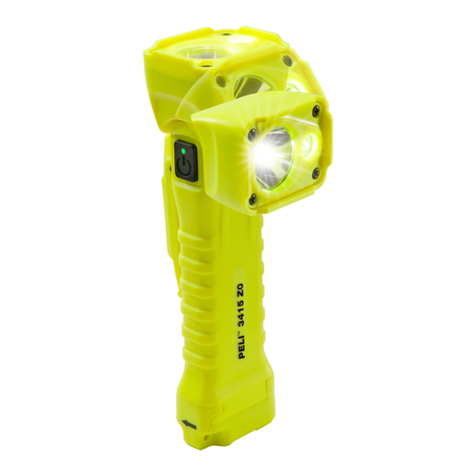- 2 -
Important safety instructions
VISATEC flash light systems should exclusively be utilised for professional
flash light systems by qualified personnel. Before starting up your flash
light equipment read carefully all the information in your operating
instruction. The safety instructions in the operating instructions must be
imperatively followed!
• Read and understand all instructions before using!
• Remove the transport protection and the packing material
• Close supervision is necessary when any appliance is used near children. Do not
leave the flash light appliance unattended while in use!
• Flash light contains, similar to sunlight, a specific portion of UV radiation! The
undesirable side effects on skin and eyes are considerably reduced by using flash
tubes or protecting glasses with UV safety measures! Nevertheless, taking pictures at
close distances with unprotected skin and eyes should be avoided! Also avoid eye
contact with the light source! The maximum daily UV radiation according to IEC
60335-2-27 / DIN 5031-10 is: 50 J/m2. This value should not be exceeded!
• With due allowance for heat radiation, the distance between the monolight and a
person or between the monolight and inflammable respectively heat sensitive
surfaces should be at a minimum distance of 1 m!
• Prior to replacing flash tubes, halogen lamps, protecting glasses or fuses, disconnect
the monolight and the lamp from the power supply! Prior to replacing the halogen
lamp or the flash tube, the monolight should cool down for 10 min.!
• VISATEC flash light systems should only be equipped with original VISATEC flash
tubes, original VISATEC combustible and packing material, original VISATEC
accessories, and also original VISATEC spare parts!
• VISATEC flash light systems, lamps and accessories meet an extremely high safety
standard! When connecting VISATEC units to accessories of other brands, integrated
safety measures may become ineffective! Due to different design features and
contact assignment of the products of other brands, the user himself/herself may
even be at risk. We offer no guarantee and accept no liability for damages which may
be caused by this type of usage!
• To avoid the risk of fire, electric shock or injury to persons utilise exclusively the
accessory recommended by the manufacturer!
• Check that the mains voltage corresponds to the information on the type plate of the
unit!
• The flash light equipment is designed for use in dry conditions and in an ambient
temperature from 0°C to 35°C! The flash light equipment has to be protected from
wetness, condensation, from dripping and splash water, humidity, dirt, sand, metal
chips and exposure to dust!
• Protect the flash light equipment from electromagnetic fields, shock and vibration!
• Protect the flash light equipment from heat and frost! If the monolight freezes
continuous loss of power output and serious technical damage can result!
